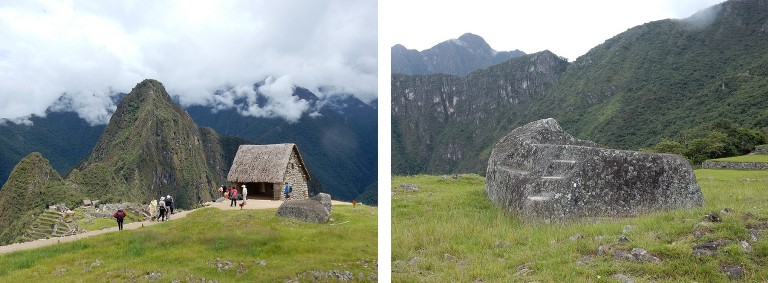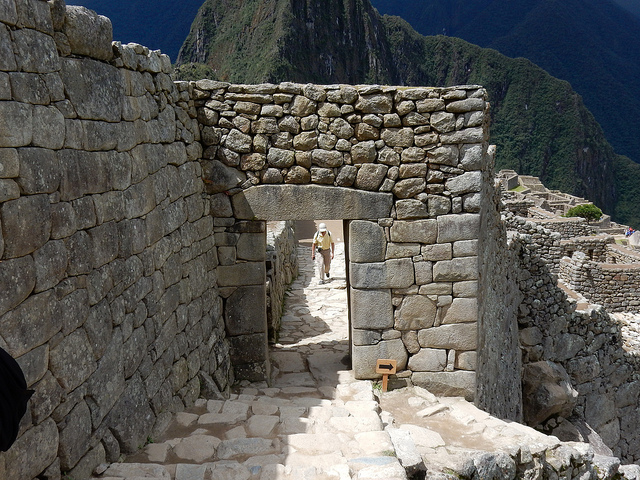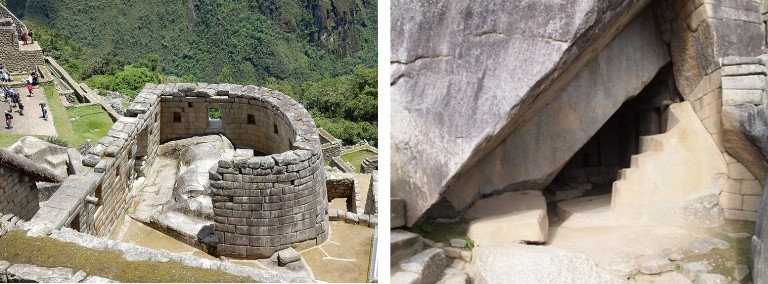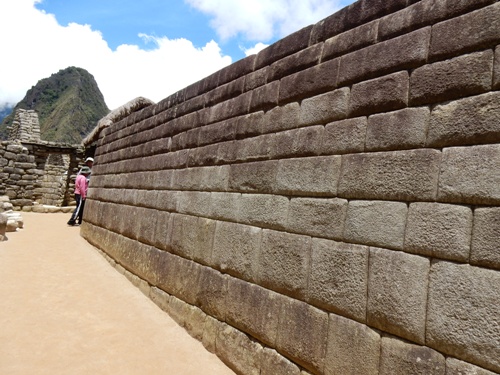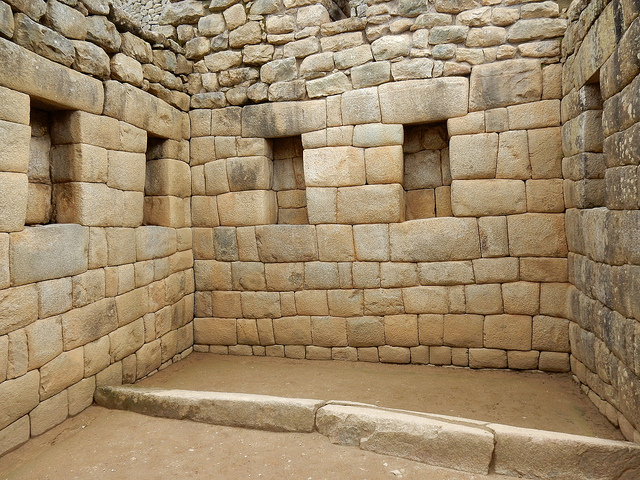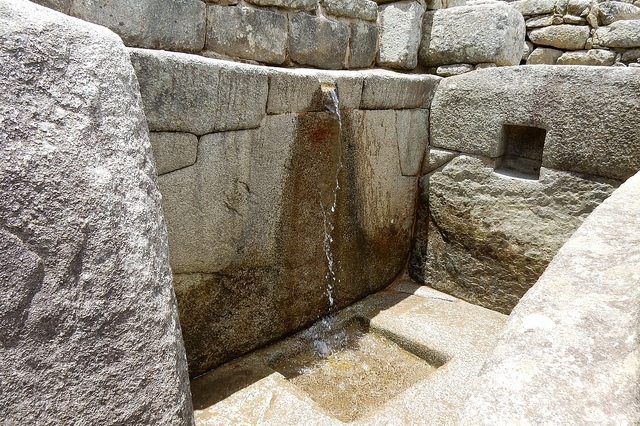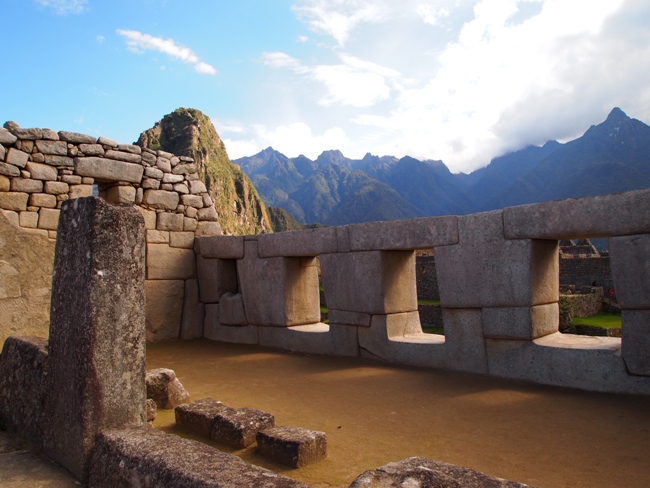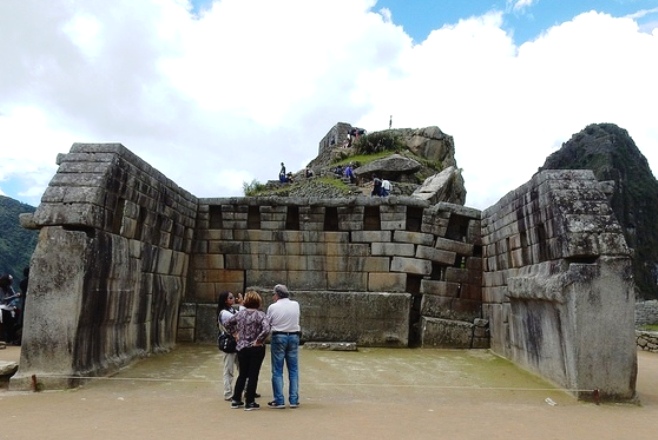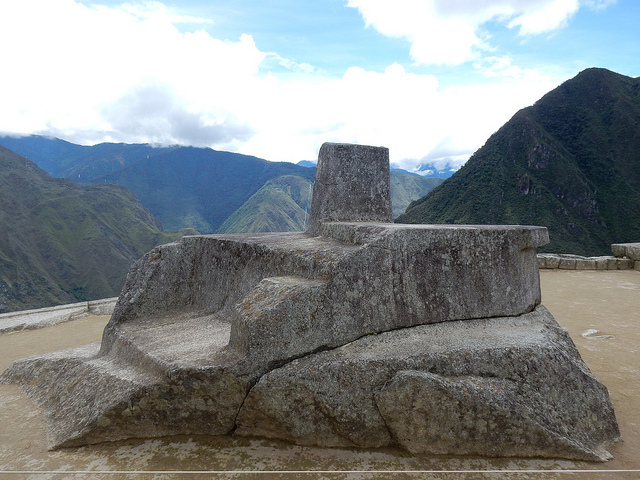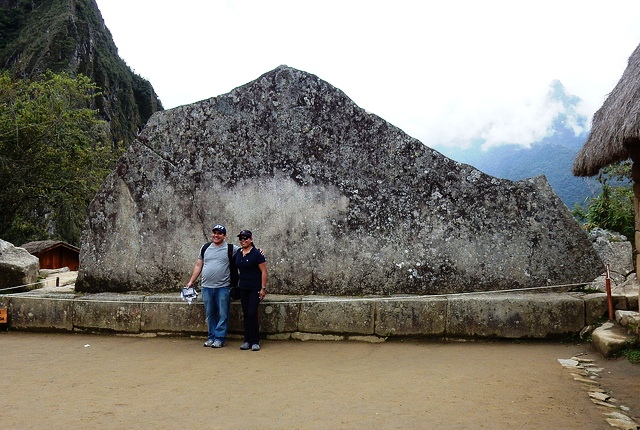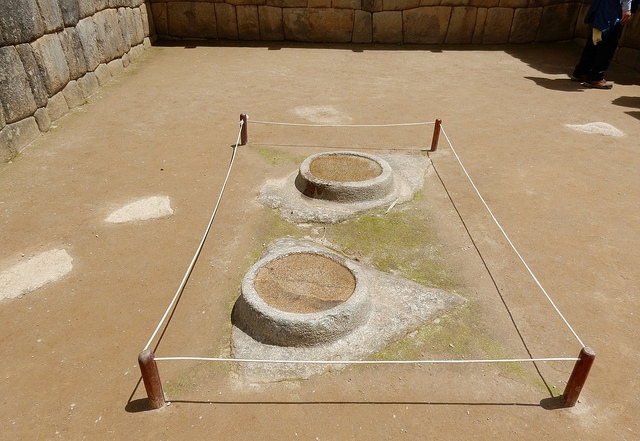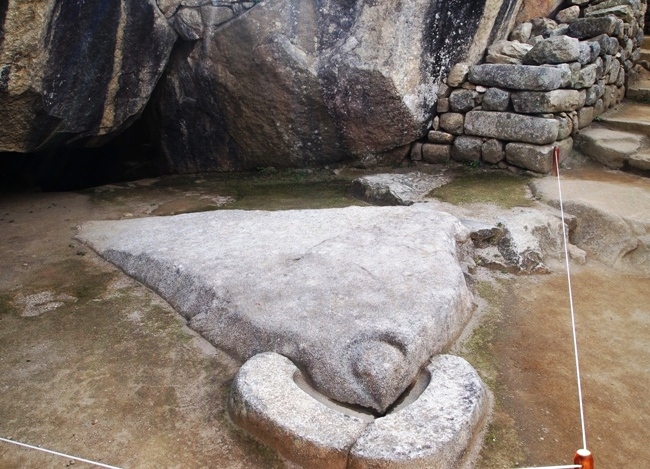Exploring the Ancient Citadel’s Top 12 Treasures
At Southwind Adventures, we make sure your journey to Machu Picchu is special and rich in discovery. We’ve put our heads together with our top Peru guides Romulo Lizarraga, Rosa Garcia, and Francis Casapino to highlight what to do at Machu Picchu within the citadel itself. These local Machu Picchu experts have led visitors through the citadel hundreds of times. We’ve also gotten input from Dr. Federico Kauffmann-Doig, a renowned Peruvian archaeologist, historian, and celebrated author of the definitive new book Machu Picchu: Enchantment in Stone – the culmination of 50 years of his research.
We’ll also cover famous and lesser-known hikes surrounding the citadel, such as Huayna Picchu Peak, in an upcoming post. Within the ruins complex itself, the 12 sites below are the must-sees that are always included on every Southwind tour of Machu Picchu, listed in order of best sequence to see them (starting at the main entrance).
1. Watchman’s Hut (or Guardhouse) and Funerary Rock (or Ceremonial Rock)
Perched atop a steep hillside of terraces at the junction of two Inca trails, the Watchman’s Hut made a perfect lookout point for the ancient Incas. Today, it still offers a sweeping view of the citadel – one of the best lookout points at Machu Picchu!
The Funerary Rock is the carved-out monolith beside the Watchman’s Hut. With no written language, the Incas left many mysteries, such as the use of this rock. Some experts speculate that it was used for mummification before funerary ceremonies, while others assert that it was used for animal sacrifice, as the ancient Incas had a propensity to sacrifice llamas. Today, llamas roam free in this area, happily grazing on the terrace grass and keeping it mowed.
2. Main Gate of the City
The main gate is a stone doorway that separates the agricultural sector from the urban sector. Based on the rings and holes carved in this doorway, it’s likely that there was once a door with heavy beams crossing it for security. The Incas valued framed views of the surrounding mountains, taking great measures to align doorways and windows meaningfully with the surroundings they held sacred. The main gate is an excellent example – it frames Huayna Picchu Peak perfectly! It’s no wonder so many visitors accumulate to take a photo passing through this picturesque doorway at the bottom of a narrow stone staircase.
3. Temple of the Sun and Royal Tomb
The Temple of the Sun is a magnificently built chamber, curved in a semicircle D-shape, with a secret to reveal once each year. On the winter solstice on June 21st, the light enters its window to illuminate the sacred center rock. This perfection in alignment can only be appreciated from outside – the temple itself is roped off.
Ironically, some scholars say this is not a temple to the sun but rather to the Water God, as the D shape resembles the crest of a wave. Dr. Kauffman-Doig chooses to refer to it as the Water God Shrine for that reason.
Just underneath the Temple of the Sun is a cave hewn out by stonemasons. It is known as the Royal Tomb, although no mummies have actually been found inside. From within, you’ll view the front of what looks like a 3-step staircase to nowhere (actually a symbolic Inca cross) and ceremonial niches in the walls. Dr. Kauffman-Doig chooses to diverge from the traditional Royal Tomb terminology, referring to it as the Mother Earth Shrine. He sees the step sculptures as a symbol for the terraced earth and a tribute to the pachamama, or Earth Goddess, from whom human life also “burst forth”.
4. The Perfect Wall
Incan walls – with stones cut so precisely that they fit together perfectly without mortar – are all beautiful. However, According to Hiram Bingham, the American scholar and explorer who brought Machu Picchu to the attention of the outside world in 1911, one particular wall was the most perfect and “the most beautiful” in all of the Americas. Granted, Bingham only saw a small portion of all masonry within the Incan empire and therefore had little basis of comparison, but with its flawless rows of perfectly cut stones configured tightly without mortar, its precision is impeccable. The wall is located just to the west of the Temple of the Sun, across from the end of the temple’s curved wall.
5. The Royal Palace
Also in the urban sector, with prime access to the important Temple of the Sun, was the living quarters of the royal Inca and his family when they occasionally came to the site. The Inca himself occupied the largest chamber, with other chambers nearby for his closest wives and family members. With a staff of servants and sentries surrounding them, they enjoyed comforts and amenities fit for a king – a private bathroom and cooking area, the purest water fountain, pruned gardens, and probably wall hangings to decorate the interior.
6. The Sacred Fountains (or Staircase of Fountains)
As the centerpiece of the Inca’s elaborate water system within Machu Picchu, the Staircase of Fountains display the brilliant civil engineering behind Machu Picchu. Spread out over a vertical fall of 85 feet, these 16 fountains all share a similar design, yet each is unique in its details. Inhabitants of the ancient city would plug and unplug the stone basins at the bottom of each one, pooling water for washing and collecting in clay pottery. Water, so carefully managed, was regarded as sacred and worshiped. In fact, the God of Water was the most important deity in the Andean panthenon, controlling the atmospheric phenomena that presided over daily life and agriculture.
7. Temple of the Three Windows
Adjacent to the Main Temple, this is another example of windows designed as frames for the view beyond – in this case the Main Plaza. Not for practical ventilation, these windows have magical-religious significance that has been lost over time. Machu Picchu is decidedly a work in process. This temple’s design shows that it was ready to be roofed, but that was one of many projects abandoned during the Spanish conquest. These windows are remarkable in their size, as well as in their stonework. Each window is surrounded by a puzzle of many-sided stones that interlock with incredible precision.
8. Main Temple (or Principle Temple)
In an oversight that was rare in Incan construction, the foundation of the Main Temple was inadequately prepared. For that reason, the east wall has settled. It now tilts outward. This shifting isn’t recent – evidence suggests that the wall began shifting in Inca times, which is probably why construction came to a halt. If it weren’t for this settling, the walls of the Main Temple would have continued upward to become the tallest in Machu Picchu. Inside the three-walled Main Temple is a large stone. The first explorers were quick to suggest that it served as an altar, possibly where royal mummies were worshipped.
9. Intihuatana
This fantastic multifaceted stone sculpture enjoys a privileged position at the highest point in the Sacred Area of the Urban Sector within Machu Picchu. Its name in Quechua translates to “hitching post of the sun”. The name came from Hiram Bingham, who borrowed it from a similar sculpture in Pisac nearby. But what was Intihuatana’s purpose? Once again, theories differ here. Some say it was an astronomical device, used to gauge solstices and time of day like a sun dial. Due to cloud cover, however, this wouldn’t be a useful place for a solar instrument. Other scholars argue that the tall stone is meant to resemble Huayna Picchu, the peak behind it. This more convincing theory asserts that the stone was used for mountain worship.
10. Sacred Rock
Sacred Rock is hard to miss – it’s a 25-foot-long monolith that sits on a pedestal. This special rock is also known as the Altar of the Replica of the Apus (ancient word for peaks, which were considered to be guardians and protectors) because it resembles the silhouette of a group of mountain peaks – specifically, Mount Yanantin, which hovers in the background. For the Incas, the peaks surrounding Machu Picchu were charged with sacred meaning, playing a major role in their vision of the cosmos.
11. Stone Water Mirrors (or Mortars)
In the city’s Industrial Complex is a chamber with two circular cavities carved into the ground. Hiram Bingham interpreted them to be mortars to grind potatoes and corn, but expert opinions disagree. It is more widely agreed that they didn’t serve a practical purpose but rather a spiritual, ritualistic one. They may have been used for divination through the reflections that appear when they are filled with clear water. This is why they are also known as Water Mirrors.
12. Temple of the Condor (or the Prisons)
Next to the Water Mirrors is a set of constructions built dramatically onto a slanted outcropping of rock. It contains three trapezoidal niches, each big enough to hold a mummy, which is why these cells are said to have been used as prisons. In front of the structure, emerging from the ground, is a sculpture that resembles the head of a male Andean condor, considered by the Incas to be the messenger from the upper world. Combined with the diagonal outcropping, the shape of the entire massive bird emerges, with its wings outstretched.
As visitors learn throughout the course of their visit to Machu Picchu, the citadel is still shrouded in mystery. Expert theories differ, and many big questions remain unanswered. Why was it built on such a lofty perch where the soil is especially instable and weather is erratic? What was the actual function of this far-off citadel? Why was its construction so abruptly abandoned? Certain details of its past will never be clarified.
Regardless of what we know and don’t know about Machu Picchu, we can still appreciate it as a marvel of Inca architecture. For engineers, historians, archaeology enthusiasts, or anyone with an active imagination, Machu Picchu is sure to inspire a strong sense of awe and wonder.
Experience Machu Picchu through the eyes of Southwind’s expert guides. Our classic nine-day World of the Incas approaches Machu Picchu by train, or our signature 10-day Inca Trail includes a four-day camping journey to the citadel ruins on foot. We also feature a Machu Picchu adventure for families and can upgrade to our Iconic Itinerary or customize your adventure.

